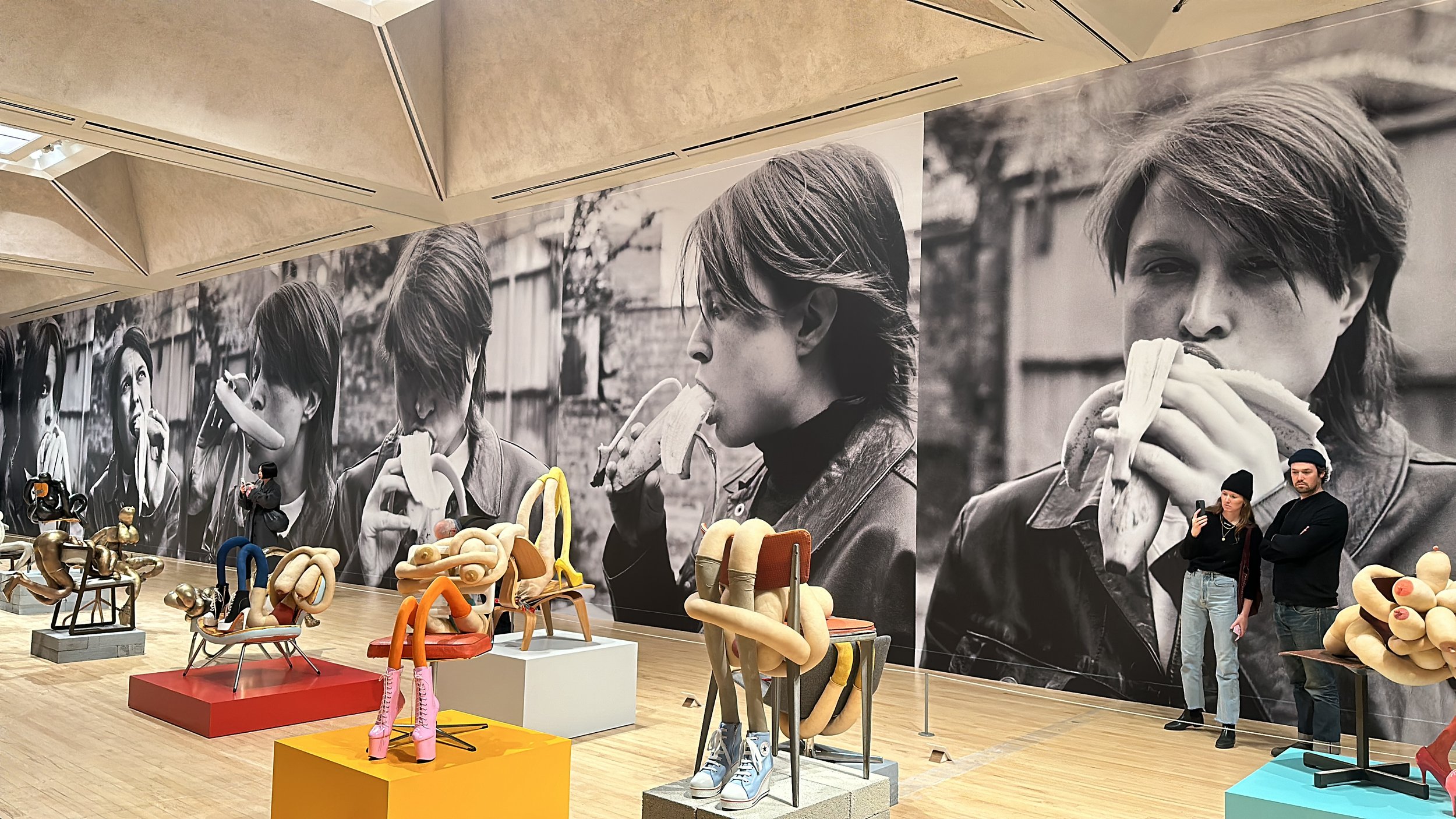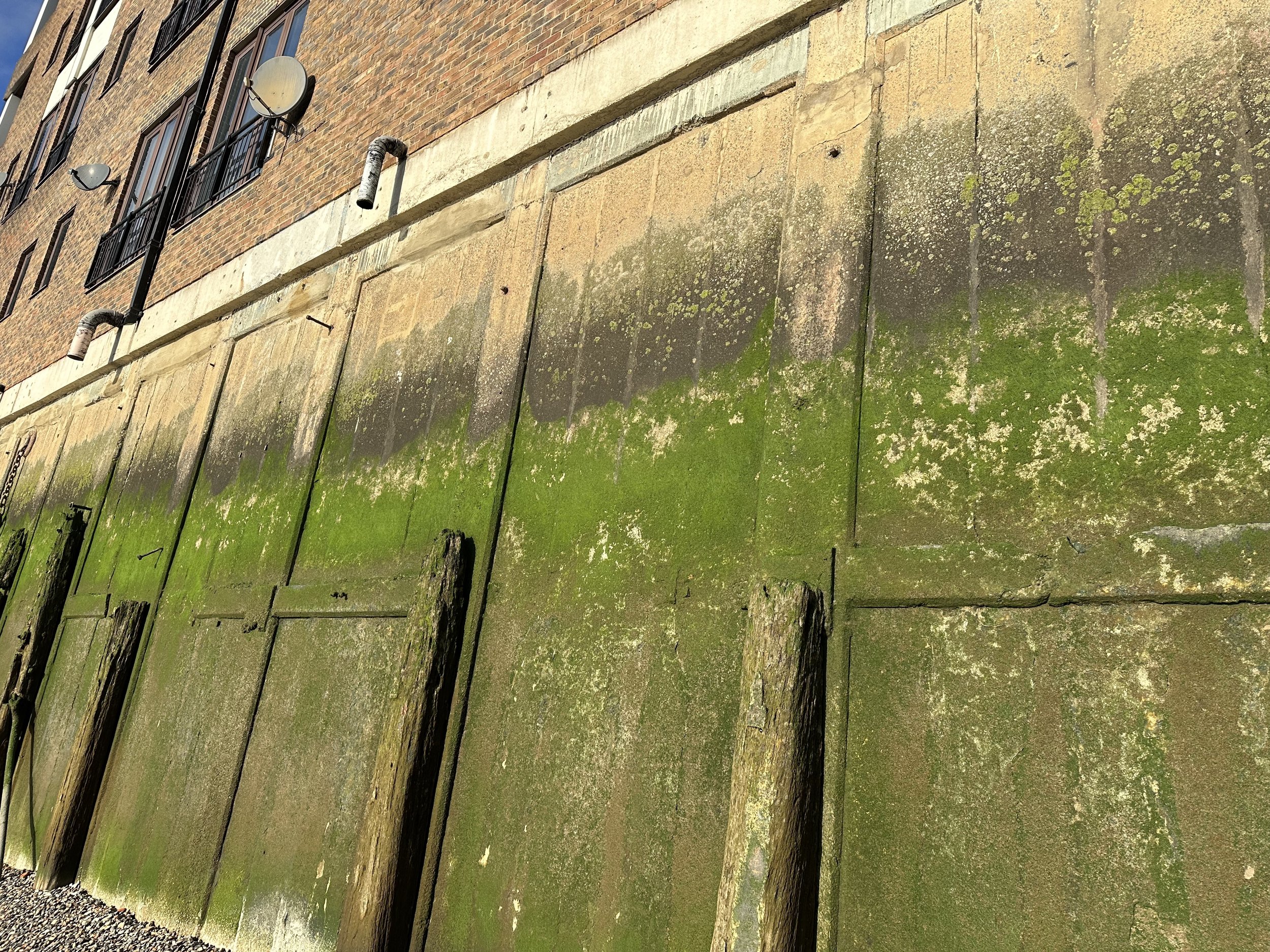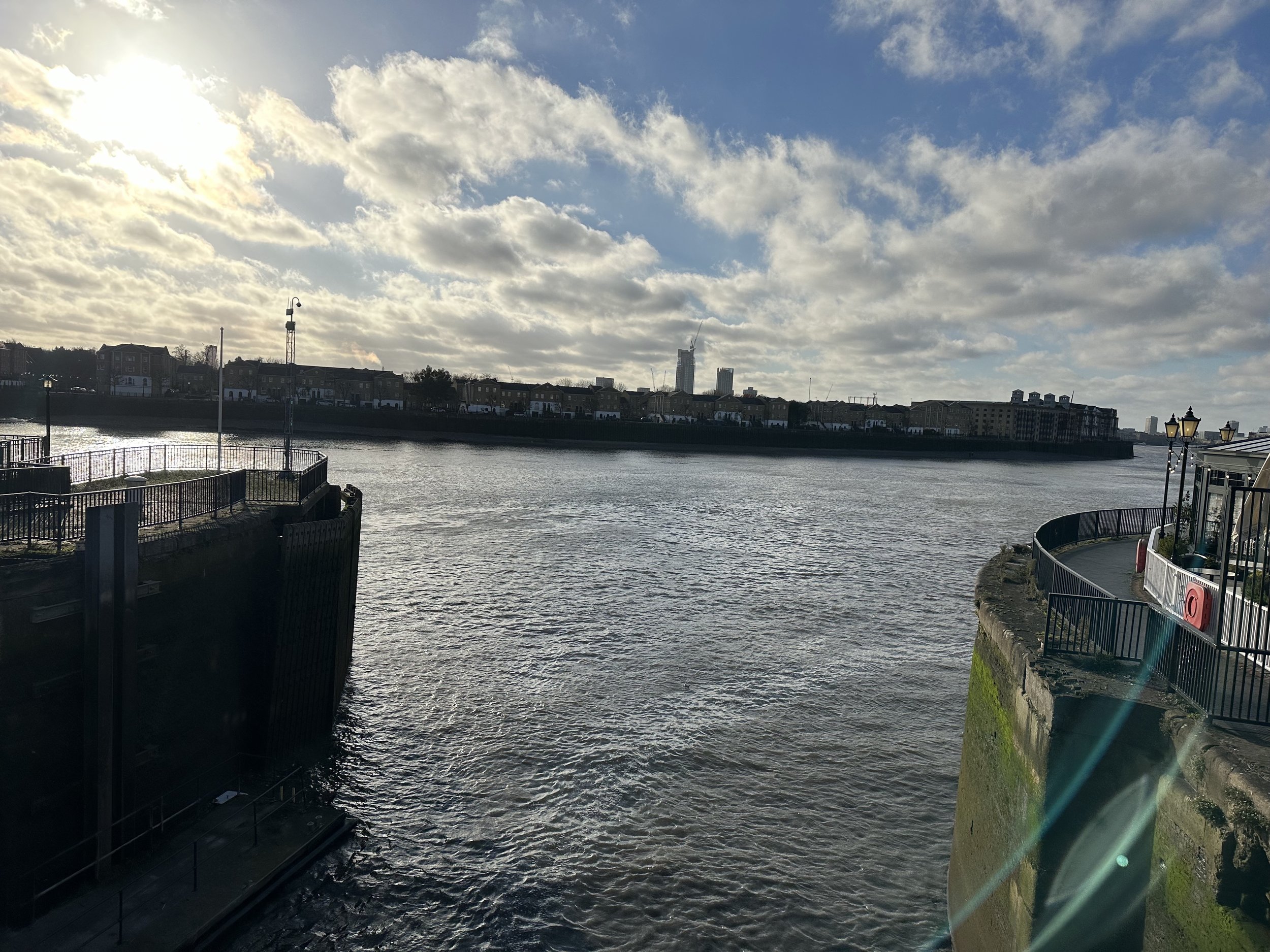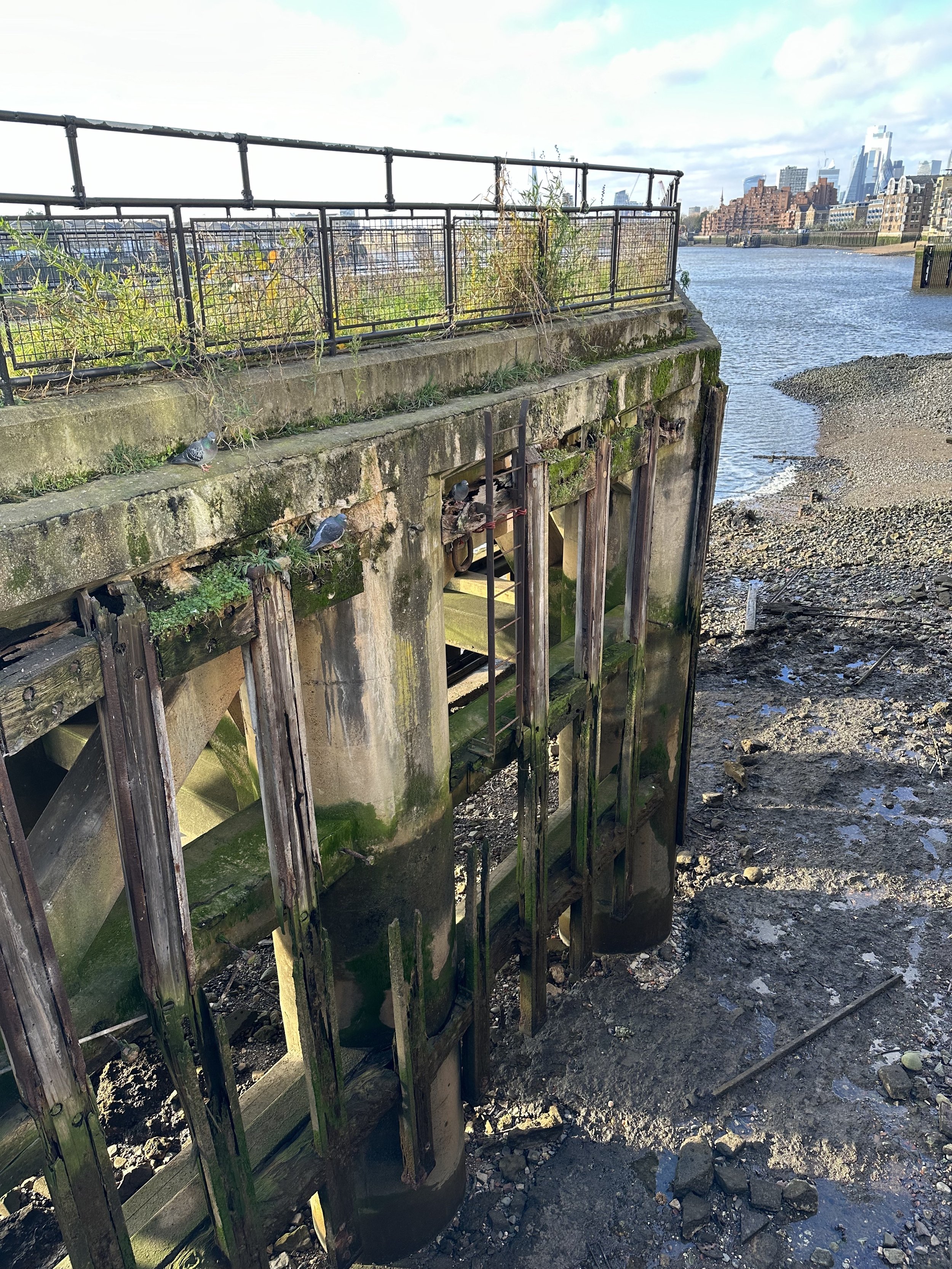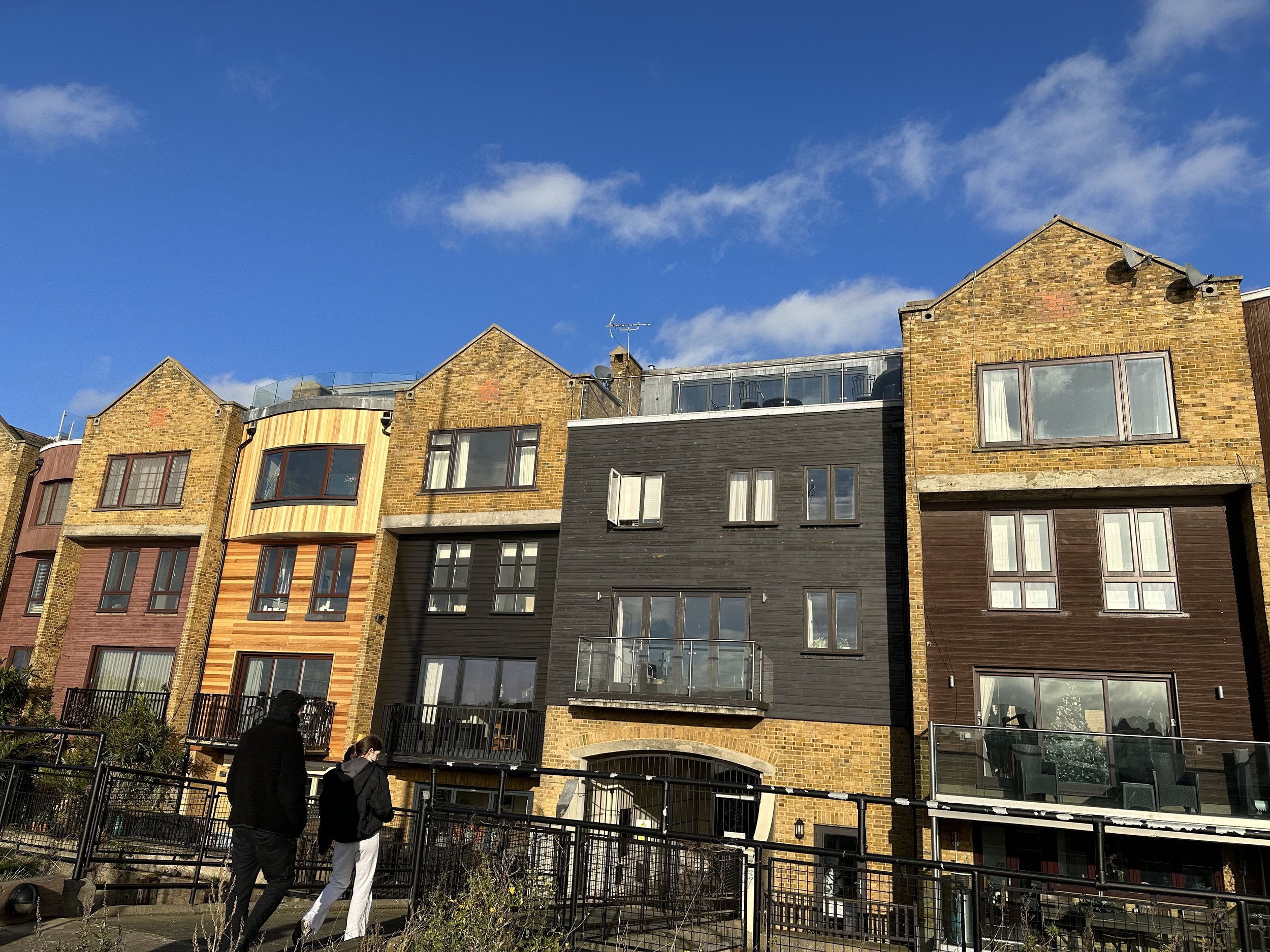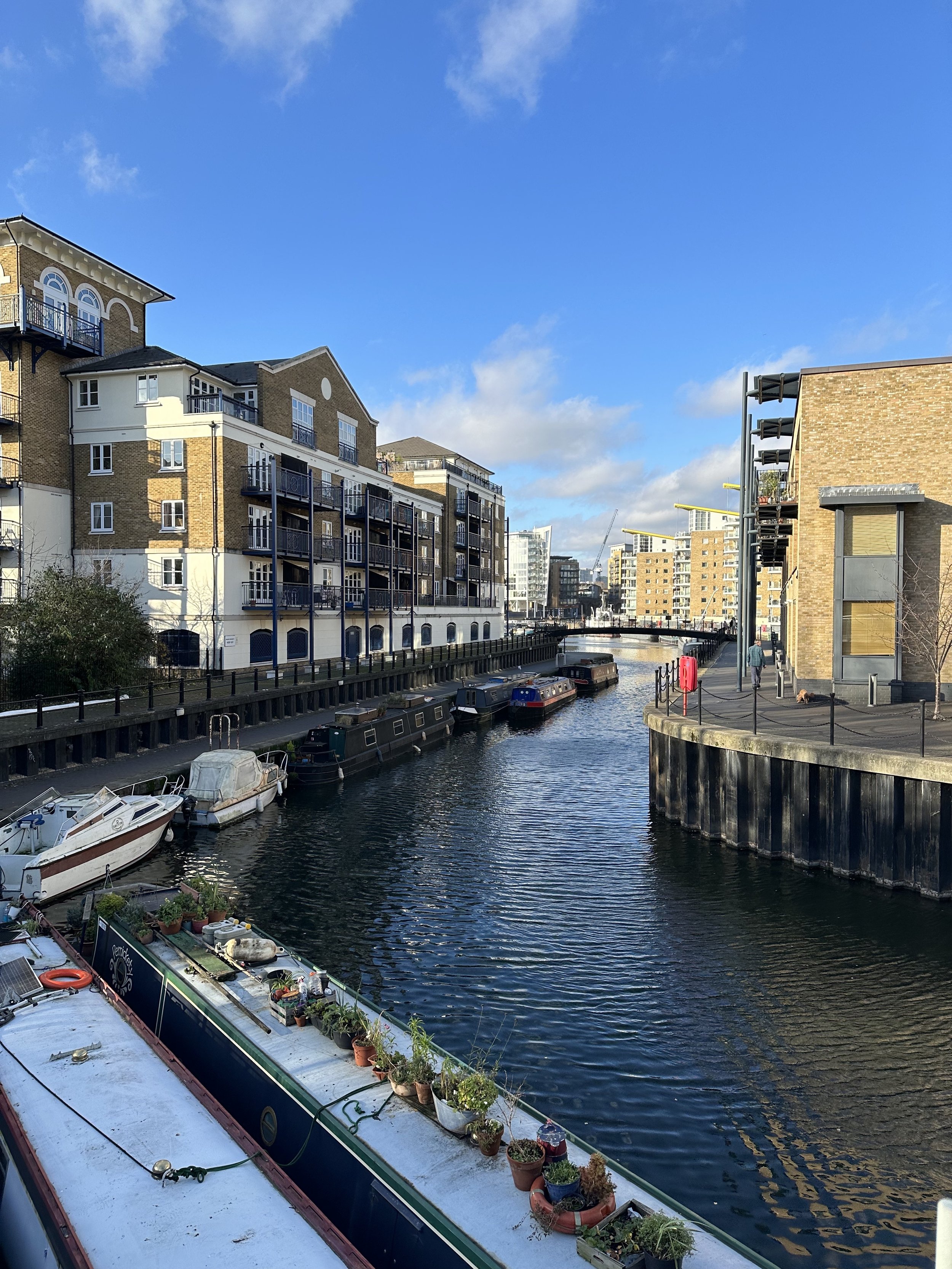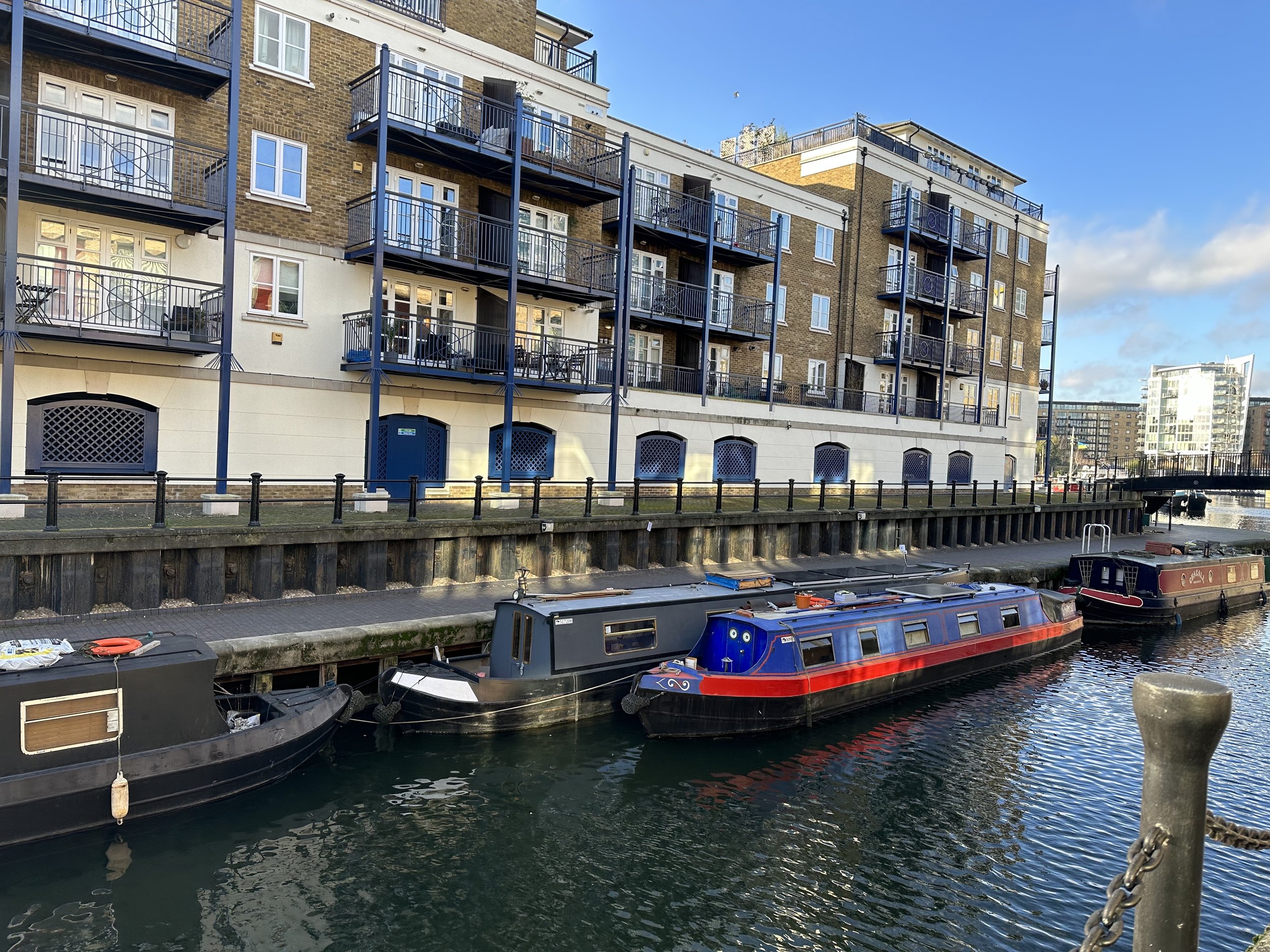Week Notes // 11th December
This week I have found myself down a Donna Tartt wormhole on the internet. In particular, this exchange in an interview with Charlie Rose to mark the publication of The Secret History has stuck with me.
Charlie Rose: How did you do it?
Donna Tartt: Urmm. Worked every day. Worked every day for eight years.
The more time I spend reading about authors and writers and process, the more evidence mounts that it’s a 1% inspiration, 99% perspiration type situation. You’ve got to do the work. It won’t do itself and ideas won’t just arrive unprompted in your brain.
Starting my ‘week note’ experiment in September, I’ve found a huge amount of value in the exercise they offer. I’ve really enjoyed the discipline of writing my thoughts down. They have started numerous conversations with people in person and online and I’ve found that I’ve never had so many ideas for blog posts, my work, side-projects. In the context of Donna Tartt’s remark, they’re a form of work.
As the year comes to a close, this will be the last Week Note I publish until the return to work in January. ‘Volume 2’ will start w/c8th January. Am considering amendments to the categories I use and indeed the filing/labelling I employ, too.
I was able to shut the computer down for Christmas this week, so there is little to report directly on the work front. Since COVID it feels like Christmas starts a little earlier each year and when people shut down, they really shut down. In spite of this, it was a reasonably eventful week, mainly from a ‘doing’ and ‘reading’ perspective. There is quite a lot of blurriness between the these categories this week, so I’ll not bother to delineate. Instead, here is a long(ish) list of the main highlights and themes from the week.
Matt and I finally got our new newsletter project off the ground. The reception has been very positive and think it’s fair to say we’re both grateful for the support we’ve received. No-one is waiting for another substack. So to get over 100 subs in less than 24 hours is very nice. The first issue we write in earnest will land w/c 8th January. Please sign up if you’re interested in brands, communications planning and creativity in media and advertising.
Met David for coffee. Discussed a project we have both been working on as well as his new job and what that might entail. We talked about intimidating items of Stationery. We talked about writing and different metaphors for the situations which media planners and agencies find themselves in. We drew several 2x2s on napkins. Most problems can be resolved by a 2x2 it would seem. Hypothesis: the longer two communications planners sit together the probability of a 2x2 being drawn approaches 1. At least two ideas for new projects came out of the conversation. Want to make a committment to more of this kind of work in the new year. Nice people, talking about what they’re working on. A place to share and shape ideas.
Met Sam for lunch. Discussed the respective shapes of the work we’ve been doing over the last 12 months and how that is changing for our respective agencies. The question, as I’m sure it is is many service-orientated businesses, is whether the work you’re being asked to do aligns with the kind of work you (either personally or at an organisational level) want to do. As Clay Christensen says in The Innovators Dilemma, it is your customers who control what you can do, ultimately.
Spoke alot with Sam about office culture. His agency has recently just moved into their own office after a number of years sharing a space. I struggle with the ‘culture’ word. We like to talk about it all the time. It is something we covet and admire (we want to build good cultures in our agencies) and it is also increasingly used as a strategic imperative in our work (e.g in the face of declining media reach, ‘breaking through’ in culture is prescribed). But, what does it mean, really? It’s so poorly defined. Maybe I’m being dense. From the perspective of an agency’s culture, all I know is that culture is not something that is written on your office walls. It is what you do. Not what you say. For better or worse. Really interested in this blog post by Steve Messer about how ‘hybrid working’ destabilises organisational culture and how some of the most subtle, ambient items in an office (like the ephemera on people’s desks) are a huge contributor to how we feel about the people and places we work. In particular, this resonated:
The culture problem staring me in the face was ‘hybrid-working’. Hybrid-working is bullshit, if you ask me. It’s this sitting-on-the-fence middle ground where you don’t have to declare any opinions about how people should work or how to optimise the conditions for good work to happen. Instead, you should call yourself remote-first, define when in-office collaboration is necessary, and optimise everything else to factor in geographic distribution and asynchronous communication. (I’ve written about free-range working before but should write something else.)
Anyway, one symptom of hybrid-working and not optimising conditions is that you haven’t tuned your team culture around this. In the Before Times, we lived and breathed team culture through ambient media and shared spaces. We’d put posters up on the wall. We’d huddle around a TV during standup. We’d stick things on our desks, and we’d scribble on whiteboards as part of our work.
But that all happens inside tools now. Those tools look different for each person on the team, and there’s no personalisation. The sense of team unity and having a shared space becomes fractured.
This piece by Matt Webb was in a similar space. I loved his observation that companies ‘come to resemble their materials in the same way dog owners come to resemble their dogs’. What you do and what you work with is the big determinent of how you do things. This would imply that certain aspects of a company’s culture are therefore relatively fixed. Is it better to lean into these fixed factors or try and change them? I suspect the latter option would require significant energy for next to no return. I think this is going to increasingly be the defining issue for organisations in the year ahead. How do you fix it? I like Messer’s suggestion of ‘firebreaks’ - exercises where collective brainpower is applied in short, sharp sprints away from ‘the day' job’ to try and find solutions. Also, maybe make a choice: either be an office based organisation with flexibility to work elsewhere when required, or be a remote organisation which uses a fixed space for specific tasks. Hybrid isn’t working.
Went to see Happy Gas, the Sarah Lucas exhibition at Tate Britain with Nick. I was familiar with some of her photographic work and some of her sculpture, but was really quite moved by the work on display. Lots of the pieces are notionally fun, with something more sinister and menacing lying just beneath the surface. In other cases, the menace is barely hidden. The way the exhibition has been curated and the way space is used was particularly effective. I really loved the large format photography. It’s well worth a visit (might not be suitable for smaller eyes, though)
Spent more time reading about ‘data poisoning’ and why, in a world powered by LLMs and Generative AI, this poses such a significant threat. At a prosaic level, it’ll help spammers get beyond the junk filters in my Gmail. Worse though will be the way it could be used to spread disinformation or to compromise the fidelity of answers provided by Gen AI services.
It’s not just a Donna Tartt wormhole that has occupied me this week, but a Powerpoint tutorial wormhole too. I have used powerpoint every day for the last 16 years of my life and I now realise that my knowledge is so limited. The morph function is going to be used liberally in the new year.
I am nearing the conclusion of my readwise trial. I need another paid for subscription in my life at the moment like I need a hole in the head, but for both personal and professional work it is proving invaluable. The more time I spend writing, the more I realise I’m just constantly involved in a process of observation and note taking. The actual writing itself is largely done by assembling, reducing, expanding, subtracting from the pool of notes. Noticing that to be a good writer is to get better at note-taking. The tagging functionality is super-helpful for all manner of writing type tasks, whilst the highlighting function is helpful as it allows me to make the note at ‘source’ and not when I get round to remembering it. The syncing between my mobile links and the desktop reader can be a little sluggish. I suspect with the new newsletter starting as well as my ambitions to write more on the blog next year that this will be a useful addition to the tool kit. I’ve started collecting useful or interesting pictures for presentations too. Plus, I need to reduce the number of notebooks I carry as my rucksack is starting to go threadbare in some unusual places.
Spent the day in Limehouse with family at the end of the week. A bright, beautiful day in London. Lots of lovely texture on offer down by the Thames. Pictures Below,.
Started reading To Paradise by Hanya Yanagihara. Thankfully it appears to be less tough on it’s central characters than A Little Life. In the style of Ishiguro, this is a world which is a shifted on it’s axis by one or two degrees. A world we recognise, but with subtle and disarming differences. I’ve whizzed through the first 100 pages and look forward to continuing over the break.
Finally, have a case of ‘phantom lanyard’. Hoping by the time we get to Christmas the feeling of my work security pass knocking against my chest will have disappeared.
If you’ve made it this far then I’d just like to say a small thank you. The support for the stuff I write here is much appreciated.
See you in 2024.
